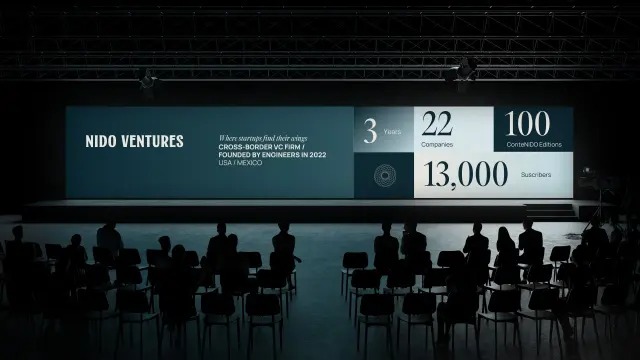Zero Trust Security Model: What to Expect in 2025
Zero Trust is redefining cybersecurity in 2025, shifting away from perimeter-based defense to continuous verification models for all network activity.
Zero Trust 2025
-
What is Zero Trust?
Zero Trust is a security framework that assumes no implicit trust—every user, device, and request must be authenticated, authorized, and continuously validated.
-
Origin of the Concept
Coined by Forrester, the Zero Trust model is now adopted globally as organizations face more complex and borderless threats.
-
Key Principle: Never Trust, Always Verify
Unlike traditional perimeter defenses, Zero Trust enforces verification at every step, regardless of location or user profile.
-
Growth Drivers in 2025
The shift to cloud, hybrid work, increased ransomware threats, and stricter compliance regulations are accelerating adoption.
-
Micro-Segmentation Techniques
Organizations are segmenting networks by users, devices, and workloads to contain breaches and reduce attack surfaces.
-
Identity and Access Management (IAM)
Centralized IAM systems with strict policies are foundational to Zero Trust, enabling user validation and role-based access.
-
Multi-Factor Authentication (MFA)
MFA is no longer optional. It's mandatory in Zero Trust to add an extra layer of identity verification.
-
Device Trust Verification
Devices are scanned for compliance (e.g., security patches, antivirus status) before being allowed to access network resources.
-
Least Privilege Access
Users get only the access needed to do their jobs—nothing more—reducing the chances of internal abuse or credential misuse.
-
Continuous Monitoring and Analytics
Behavioral analytics and anomaly detection are used to flag suspicious activity and revoke access in real time.
-
Cloud Integration
Zero Trust supports cloud-first environments by decoupling security from physical network locations.
-
Zero Trust Network Access (ZTNA)
ZTNA replaces VPNs by creating encrypted tunnels for specific application access rather than full network access.
-
Replacing Legacy Infrastructure
Many organizations are replacing outdated perimeter-focused firewalls with Zero Trust-compatible solutions.
-
AI-Powered Risk Evaluation
AI engines assess contextual risk in real time—considering user behavior, time, device, location, and data sensitivity.
-
Policy Automation
Policies for authentication, authorization, and access are automatically adjusted based on predefined risk thresholds.
-
Reducing Attack Surfaces
By limiting lateral movement inside networks, Zero Trust minimizes exposure in case of a breach.
-
Zero Trust in Government
Many government agencies have mandated Zero Trust adoption, citing its effectiveness in preventing cyber espionage.
-
Employee Onboarding and Offboarding
Zero Trust frameworks automate access granting and revocation, closing common gaps in HR-IT coordination.
-
Zero Trust and IoT
IoT devices, which often lack strong built-in security, are now governed by strict Zero Trust access controls.
-
BYOD Enforcement
Bring-your-own-device policies are supported by Zero Trust through strict compliance checks before access is granted.
-
Benefits of Zero Trust
Enhanced data protection, compliance readiness, insider threat mitigation, and faster incident response.
-
Implementation Challenges
High initial costs, legacy infrastructure compatibility issues, and resistance to change are common obstacles.
-
Phased Rollout is Crucial
Experts recommend a step-by-step approach: start with identity, move to device management, then expand to apps and data.
-
Zero Trust Architecture (ZTA) Standards
NIST’s ZTA guidelines provide a structured approach to building Zero Trust environments.
-
Role of Endpoint Detection and Response (EDR)
EDR tools are integrated to monitor endpoint activity and enforce policy in real time.
-
Zero Trust for Remote Work
With the rise of remote work, Zero Trust ensures secure access without relying on traditional VPNs or fixed IPs.
-
Vendor Ecosystem Growth
Major tech providers now offer Zero Trust-aligned platforms, from Microsoft to Google to Okta and CrowdStrike.
-
Cultural Shift in Security Thinking
Zero Trust demands that organizations treat every connection as a potential threat—changing mindsets across all departments.
-
Zero Trust is the Future
By 2025, Zero Trust is expected to become the default security architecture for most mid-to-large enterprises.






























